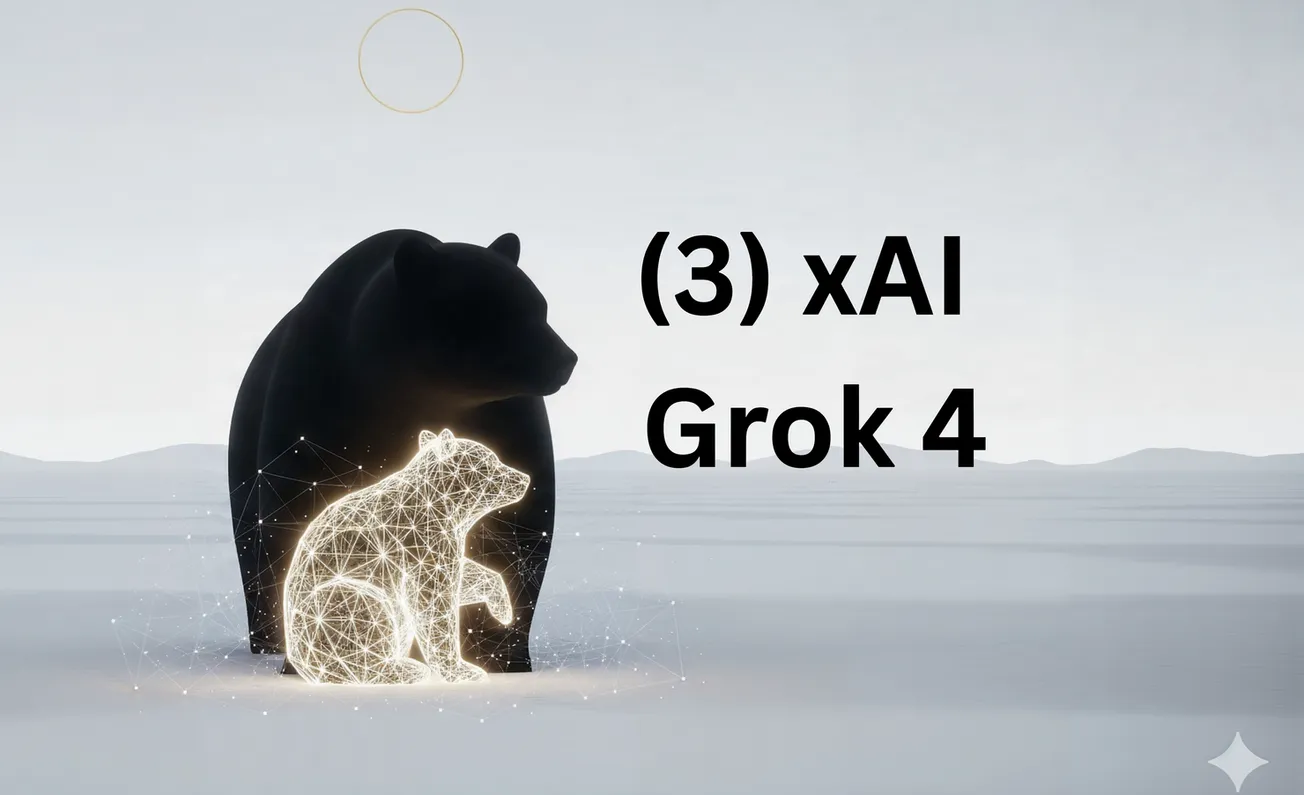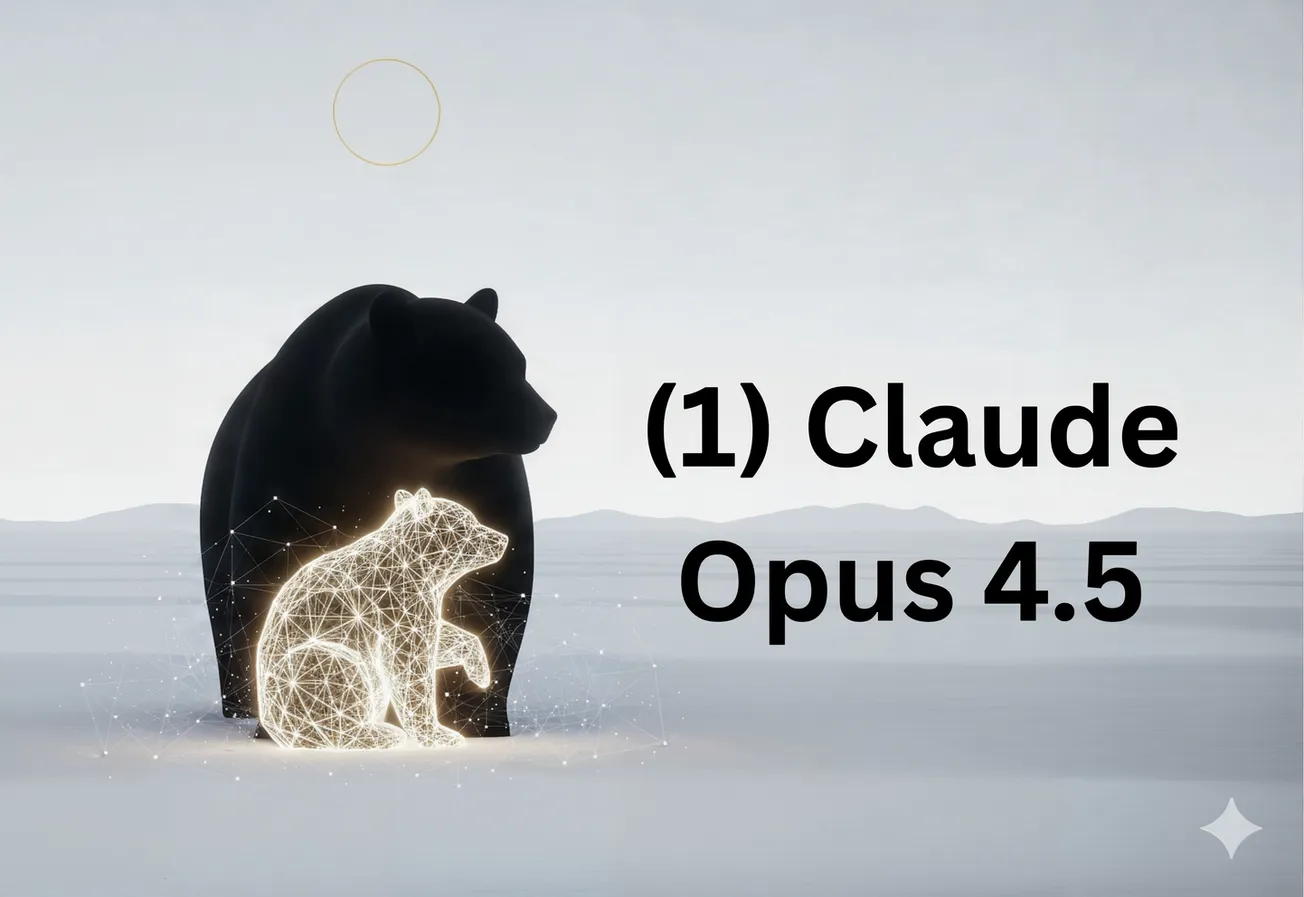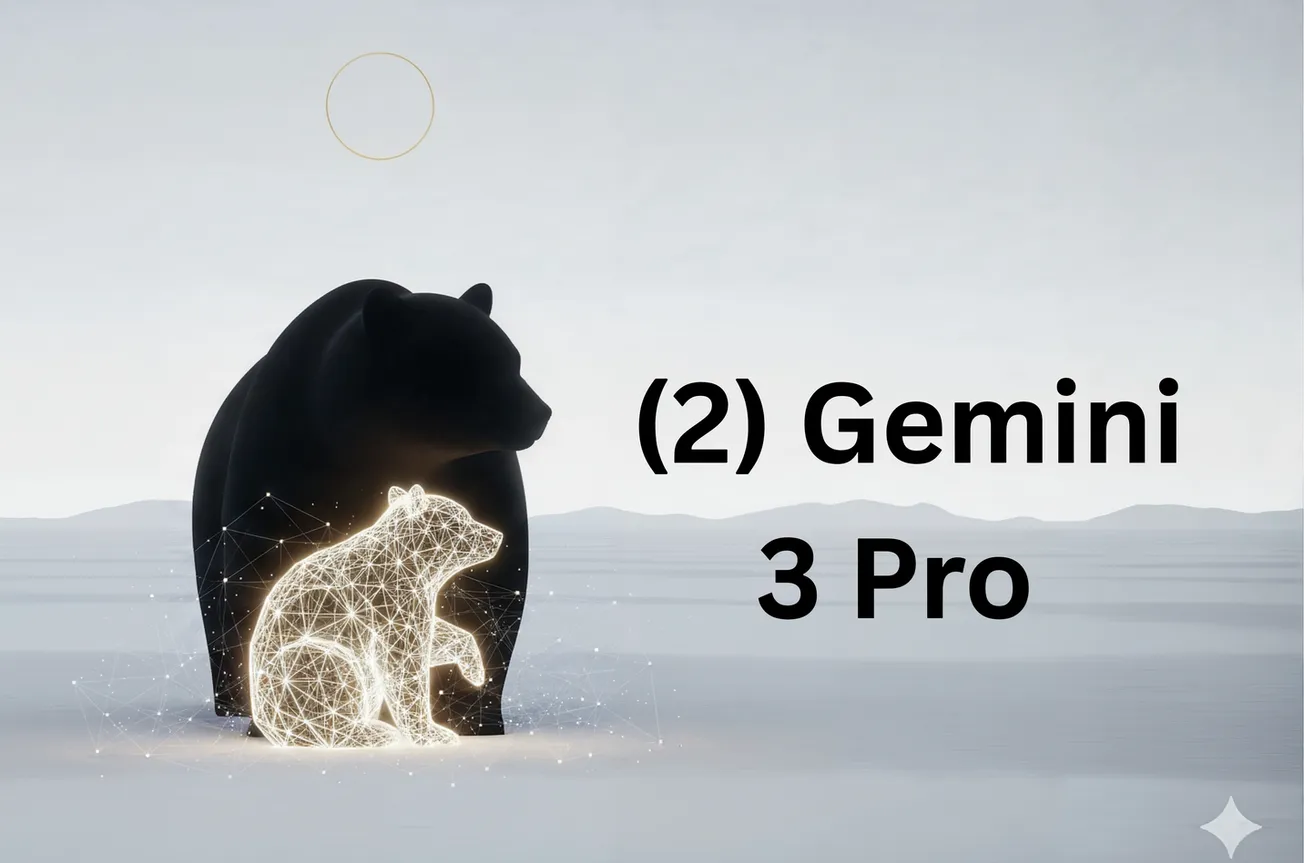Table of Contents
Key Points on Google Gemma Models
- Overview: Gemma is a family of lightweight, open-source AI models developed by Google, leveraging the same research and technology as the Gemini models, making them efficient for deployment on devices like laptops or single GPUs.
- Evolution: Starting with the original Gemma (2B and 7B parameters) in 2024, it has advanced to Gemma 3 (1B, 4B, 12B, 27B parameters) by 2025, with multimodal capabilities in larger variants for handling text, images, videos, and audio.
- Strengths: Research suggests Gemma models excel in reasoning, coding, and multilingual tasks compared to similarly sized open models, while prioritizing safety through data filtering and alignment techniques.
- Limitations: Evidence leans toward challenges in factual accuracy, handling ambiguity, and potential biases from training data, though mitigations like RLHF help address these.
- Accessibility: Available under open licenses for research and deployment, with support for fine-tuning on platforms like Hugging Face and Google Cloud.
Technical Aspects
Gemma models are transformer decoder-based, with variants ranging from 1B to 27B parameters. For instance, the original 7B model features 28 layers, a 3072-dimensional embedding, and a 256k vocabulary tokenizer derived from Gemini. Gemma 3 introduces a 128k-token context window and selective parameter activation for efficiency, enabling multimodal inputs in versions like 4B and above. They support quantized versions for reduced computation, ideal for edge devices.
Source Data and Training
Trained on vast datasets—up to 11T tokens for Gemma 3n—including web documents, code, math, images, and audio from over 140 languages, with a knowledge cutoff around June 2024. Training involves TPU clusters, supervised fine-tuning (SFT), and RLHF for alignment, emphasizing safety filters to remove sensitive content.
Usage Case Scenarios
Common applications include text generation for creative writing or summaries, chatbots for customer service, code assistance, and multimodal tasks like image analysis or audio transcription. They're suited for research in NLP, education tools, and efficient on-device AI.
Google's Gemma model family represents a significant advancement in open-source generative AI, designed to democratize access to high-performance models while maintaining a focus on responsibility and efficiency. Developed by Google DeepMind, Gemma draws directly from the technological foundations of the larger Gemini models, enabling lightweight implementations that can run on consumer hardware like laptops, single GPUs, or TPUs. This approach addresses the growing demand for accessible AI tools that balance capability with computational affordability, particularly in an era where edge computing and privacy concerns are paramount.
The lineage of Gemma began with its initial release in February 2024, featuring two primary variants: a 2B-parameter model pretrained on 3 trillion tokens and a 7B-parameter model on 6 trillion tokens. These models were primarily text-based, optimized for English-dominant tasks, and emphasized outperforming comparably sized open models like Mistral 7B and LLaMA-2 in areas such as reasoning, mathematics, and coding. By 2025, the family evolved to Gemma 3, incorporating insights from Gemini 2.0, with parameter sizes expanding to 1B, 4B, 12B, and 27B. This iteration introduces multimodal capabilities in larger variants (4B and above), supporting inputs like images (normalized to resolutions such as 256x256 or 768x768, encoded to 256 tokens each), short videos, and audio (encoded at 6.25 tokens per second from a single channel). The context window has been extended to 128k tokens for inputs and outputs (up to 32k total, subtracting input), facilitating handling of longer documents or conversations.
A key innovation in Gemma 3n (a multimodal subset) is selective parameter activation, which reduces effective operational size to 2B or 4B parameters despite higher total counts, optimizing for low-resource devices like phones or workstations. This technique, combined with official quantized versions (e.g., reducing model size while preserving accuracy), allows for faster inference and lower energy consumption—critical for real-world deployment. For example, the 27B model can operate on a single NVIDIA H100 GPU, contrasting with competitors requiring up to 32 GPUs. Integration with ecosystems like Hugging Face Transformers, PyTorch, JAX, Keras, and even mobile-focused Google AI Edge ensures broad compatibility, including optimizations for NVIDIA GPUs, Google Cloud TPUs, AMD GPUs via ROCm, and CPUs.
Technical Aspects: Architecture and Components
At its core, Gemma employs a transformer decoder architecture, with enhancements inspired by Gemini. The original models (2B and 7B) include:
- Embeddings and Normalization: Rotary Positional Embeddings (RoPE) shared across inputs and outputs, and RMSNorm for stabilizing attention and feedforward layers.
- Attention Mechanisms: Multi-Query Attention for the 2B variant (1 KV head) and Multi-Head Attention for 7B (16 KV heads), both with a head size of 256.
- Activations: An approximated GeGLU (Gated Exponential Linear Unit) replacing traditional ReLU for improved non-linearity.
- Tokenizer: A 256k vocabulary SentencePiece tokenizer from Gemini, which splits digits, preserves whitespace, and falls back to byte-level for unknowns, supporting multilingual text.
- Context Length: Uniformly 8192 tokens across early models, expanded to 128k in Gemma 3 for better long-range dependencies.
Detailed parameter breakdown for original models:
| Parameter | Gemma 2B | Gemma 7B |
|---|---|---|
| Total Parameters | 2 billion | 7 billion |
| d_model (Embedding Dim) | 2048 | 3072 |
| Layers | 18 | 28 |
| Feedforward Hidden Dims | 32768 | 49152 |
| Num Heads | 8 | 16 |
| Num KV Heads | 1 | 16 |
| Head Size | 256 | 256 |
| Vocab Size | 256128 | 256128 |
| Embedding Parameters | 524,550,144 | 786,825,216 |
| Non-Embedding Parameters | 1,981,884,416 | 7,751,248,896 |
Gemma 3 builds on this with multimodal encoders for non-text inputs and function calling for structured outputs, enhancing utility in AI workflows. Safety integrations, like the companion ShieldGemma 2 (a 4B image safety checker), provide labels for harmful content categories such as violence or explicit material, customizable for applications.
Source Data: Composition and Preprocessing
The training corpora for Gemma models are vast and curated to promote diversity and safety. Original Gemma used primarily English data from web documents, mathematics, and code, totaling 3T tokens for 2B and 6T for 7B. Multilingual support was limited, but data mixtures were refined through ablations, increasing high-quality sources toward training's end.
Gemma 3n escalates this to approximately 11 trillion tokens, with a knowledge cutoff of June 2024. Key components include:
- Web Documents: Broad linguistic styles and topics across over 140 languages.
- Code: Syntax and patterns from various programming languages to boost code generation.
- Mathematics: Logical reasoning and symbolic data for STEM tasks.
- Images: Diverse visuals for analysis and extraction.
- Audio: Sound samples for transcription and recognition.
Preprocessing emphasizes ethical filtering:
- CSAM and Sensitive Data Removal: Multi-stage heuristics, model-based classifiers, and automated tools to exclude child exploitation material, personal information, and toxicity.
- Quality and Safety Filters: Alignment with Google's policies, removing duplicates, hallucinations-prone content, and unsafe prompts.
- Contamination Prevention: Evaluation sets deduplicated from training data to avoid benchmark leakage.
This rigorous curation aims to minimize biases, though evaluations acknowledge potential gaps in underrepresented languages or domains.
Training Process: Methodology and Infrastructure
Training follows a multi-phase approach: pretraining, supervised fine-tuning (SFT), and reinforcement learning from human feedback (RLHF). Pretraining occurs on TPUv5e clusters—for example, 7B used 16 pods (4096 chips) with 16-way model sharding and data replication; 2B used 2 pods (512 chips) with 256-way data parallelism. Inter-pod communication leverages data-center networks, using Jax's single-controller paradigm and MegaScale XLA compiler for efficiency.
SFT employs English-only synthetic and human-generated prompt-response pairs, selected via LM-based evaluations for factuality, creativity, and safety. RLHF trains a reward model on human preferences (Bradley-Terry objective) and optimizes policy with a novel algorithm to prevent reward hacking. Special tokens (e.g., <start_of_turn>user) structure multi-turn conversations.
Environmental impact is tracked: Original pretraining emitted ~131 tCO₂eq, with Google's carbon-neutral datacenters mitigating via renewables and offsets. Gemma 3 incorporates similar protocols, with added focus on quantized training for sustainability.
Usage Case Scenarios: Applications and Integrations
Gemma's lightweight design suits diverse scenarios:
- Content Creation: Generating poems, scripts, marketing copy, or summaries; e.g., condensing research papers.
- Conversational AI: Powering chatbots for customer support or virtual assistants, with multimodal variants analyzing images in queries (e.g., describing a photo).
- Research and Education: Foundation for NLP experiments, language learning tools (grammar correction), or knowledge exploration via question-answering.
- Multimodal Tasks: Transcribing audio, translating speech, extracting data from visuals, or automating workflows with function calling.
- Specialized Deployments: On-device apps for privacy-sensitive uses, like mobile education tools, or cloud-based services on Vertex AI.
Community variants (e.g., SEA-LION v3, BgGPT) extend to regional languages, while the Gemma 3 Academic Program offers $10,000 Google Cloud credits for researchers.
Benchmarks and Performance
Gemma consistently outperforms peers. Original 7B averaged 56.9% across capabilities vs. Mistral 7B's 54.5%, excelling in MMLU (64.3%), MATH (24.3%), and HumanEval (32.3%). Human preferences favor Gemma 1.1 IT 7B over Mistral (61.2% win rate on instructions).
For Gemma 3n (effective 2B/4B PT/IT):
Reasoning and Factuality (PT):
| Benchmark | Metric | n-shot | E2B PT | E4B PT |
|---|---|---|---|---|
| HellaSwag | Accuracy | 10-shot | 72.2 | 78.6 |
| BoolQ | Accuracy | 0-shot | 76.4 | 81.6 |
| TriviaQA | Accuracy | 5-shot | 60.8 | 70.2 |
| BIG-Bench Hard | Accuracy | few-shot | 44.3 | 52.9 |
Multilingual (IT):
| Benchmark | Metric | n-shot | E2B IT | E4B IT |
|---|---|---|---|---|
| MGSM | Accuracy | 0-shot | 53.1 | 60.7 |
| WMT24++ | ChrF | 0-shot | 42.7 | 50.1 |
| Global-MMLU | Accuracy | 0-shot | 55.1 | 60.3 |
STEM and Code (IT):
| Benchmark | Metric | n-shot | E2B IT | E4B IT |
|---|---|---|---|---|
| HumanEval | pass@1 | 0-shot | 66.5 | 75.0 |
| MBPP | pass@1 | 3-shot | 56.6 | 63.6 |
| AIME 2025 | Accuracy | 0-shot | 6.7 | 11.6 |
Safety benchmarks show low toxicity (e.g., RealToxicity 7.03-8.04 vs. Mistral's 8.44). Memorization rates are low (0.1-1% exact matches), comparable to PaLM.
Ethical Considerations and Limitations
Development prioritizes bias mitigation, misinformation prevention, and transparency via model cards and toolkits. Risks like harmful content are addressed through red-teaming (covering child safety, hate speech) and prohibited use policies. Limitations include potential factual errors, language nuances, and English-centric evaluations. Developers are urged to implement safeguards and monitor biases.
In summary, Gemma bridges the gap between proprietary powerhouses like Gemini and open accessibility, fostering innovation in AI while emphasizing ethical deployment.
Key Citations:
- Gemma models overview - Google AI for Developers
- Introducing Gemma 3: The most capable model you can run on a single GPU or TPU
- Gemma: Open Models Based on Gemini Research and Technology
- Gemma 3n model card - Google AI for Developers
- google/gemma-3-27b-it - Hugging Face
- Gemma explained: An overview of Gemma model family architectures
- Performance deep dive of Gemma on Google Cloud
is it open source? can i run it locally on a mac studio? memory requirement for the different models?
Key Points on Google Gemma Models
- Open Source Status: Gemma models are open source under a permissive license, allowing free use for research and commercial purposes with some restrictions (e.g., no use for illegal activities). Pretrained and instruction-tuned weights are accessible via platforms like Hugging Face and Kaggle.
- Running Locally on Mac Studio: It seems likely that Gemma models (1B, 2B, 4B, 7B, and potentially 12B) can run on a Mac Studio, especially with quantization, leveraging its high-performance Apple Silicon (M1/M2 Ultra or Max) and unified memory. The 27B model may require significant optimization or cloud support.
- Memory Requirements: Memory needs vary by model size and quantization level (e.g., 4-bit or 8-bit). Smaller models like 1B and 2B require as little as 2-4 GB, while larger ones like 27B may need 50+ GB without optimization. Quantized versions significantly reduce these requirements.
- Considerations: Evidence suggests that a Mac Studio with 64 GB or 128 GB unified memory can handle most Gemma models efficiently, especially with tools like Hugging Face Transformers or Google AI Edge, though performance depends on specific configurations and tasks.
Open Source Status
Google Gemma models are indeed open source, released under a permissive license that allows both research and commercial use, provided users adhere to terms prohibiting illegal or harmful applications. The models, including pretrained and instruction-tuned variants, are available through platforms like Hugging Face, Kaggle, and Google’s AI for Developers portal. For example, weights for Gemma 1 (2B, 7B) and Gemma 3 (1B, 4B, 12B, 27B) can be downloaded directly, and community contributions have led to fine-tuned versions like SEA-LION and BgGPT for regional languages. The open license includes access to model weights, documentation, toolkits (e.g., Responsible Generative AI Toolkit), and safety classifiers like ShieldGemma, fostering transparency and developer flexibility. However, Google restricts use cases that violate its policies, such as generating malicious content, and requires agreement to terms of service.
Running Gemma on a Mac Studio
A Mac Studio, equipped with Apple Silicon (M1/M2 Max or Ultra), is well-suited for running Gemma models locally due to its high-performance GPU cores, neural engine, and unified memory architecture. The feasibility depends on the model size, quantization level, and available memory (typically 32 GB, 64 GB, or 128 GB in Mac Studio configurations). Smaller models (1B, 2B, 4B) are optimized for edge devices and can run efficiently on consumer hardware, while larger models (12B, 27B) may require quantization or offloading techniques to fit within memory constraints.
Key considerations for running Gemma on a Mac Studio:
- Hardware Compatibility: Apple Silicon supports machine learning frameworks like PyTorch, TensorFlow, and Google AI Edge, with Metal Performance Shaders (MPS) accelerating GPU tasks. Hugging Face Transformers and libraries like
llama.cppormlc-llmenable optimized inference. - Software Setup: Install dependencies via Python (e.g.,
transformers,torch), use Hugging Face’s model hub for weights, and leverage quantization tools (e.g., 4-bit or 8-bit viabitsandbytes) to reduce memory usage. Google AI Edge supports mobile-optimized inference, compatible with macOS. - Performance: The Mac Studio’s unified memory (up to 192 GB in M2 Ultra) and 16-24 GPU cores handle most Gemma models effectively, especially for text generation, coding, or multimodal tasks (e.g., image analysis in Gemma 3n). For example, a quantized 7B model can run at interactive speeds (~5-10 tokens/second) on a 64 GB M2 Max.
Memory Requirements for Gemma Models
Memory requirements vary based on model size, precision (e.g., FP16, INT8, INT4), and whether inference or fine-tuning is performed. Below is a detailed breakdown based on available data, focusing on inference (most relevant for local use). Quantization significantly reduces memory needs, making even larger models feasible on consumer hardware like the Mac Studio.
| Model Size | Parameters | FP16 Memory (GB) | INT8 Memory (GB) | INT4 Memory (GB) | Notes |
|---|---|---|---|---|---|
| Gemma 1B | 1 billion | ~2-3 | ~1.5-2 | ~1-1.5 | Highly efficient, ideal for low-memory devices. |
| Gemma 2B | 2 billion | ~4-5 | ~2.5-3 | ~2-2.5 | Suitable for Mac Studio with 32 GB+. |
| Gemma 4B | 4 billion | ~8-10 | ~4-6 | ~3-4 | Viable on 64 GB Mac Studio with quantization. |
| Gemma 7B | 7 billion | ~13-16 | ~7-9 | ~5-6 | Comfortable on 64 GB, optimized for 128 GB. |
| Gemma 12B | 12 billion | ~22-26 | ~12-15 | ~8-10 | Challenging but possible with INT4 on 128 GB. |
| Gemma 27B | 27 billion | ~50-60 | ~25-30 | ~15-20 | May require offloading or cloud support for Mac Studio. |
Notes:
- FP16 (Half-Precision): Standard for many pretrained models, requiring ~2 bytes per parameter plus overhead for activations and context.
- INT8/INT4 (Quantized): Reduces memory by compressing weights (e.g., 1 byte or 0.5 bytes per parameter). Tools like
bitsandbytesorggmlenable this, though INT4 may slightly degrade performance. - Additional Memory: Context length (e.g., 8k or 128k tokens) adds ~1-2 GB for long sequences. Multimodal tasks (e.g., image processing in Gemma 3n) may require an extra 1-3 GB for encoders.
- Fine-Tuning: Doubles memory needs due to gradient storage (e.g., 7B may need 30+ GB for fine-tuning), less practical on a Mac Studio without cloud support.
For a Mac Studio:
- 32 GB Configuration: Can handle 1B, 2B, and potentially 4B (quantized) for inference. Fine-tuning smaller models is possible but constrained.
- 64 GB Configuration: Comfortably runs 1B, 2B, 4B, and 7B (quantized). The 12B model is feasible with INT4 quantization.
- 128 GB Configuration: Supports all models up to 12B efficiently and 27B with aggressive quantization or partial offloading (e.g., to SSD or cloud).
Practical Setup on Mac Studio
To run Gemma locally:
- Install Dependencies: Use
pip install transformers torch accelerate bitsandbytesfor Hugging Face support. Ensure macOS-compatible PyTorch with MPS (e.g.,torch>=2.0). - Download Models: Access weights from Hugging Face (e.g.,
google/gemma-3-7b-it) or Kaggle. For example,from transformers import AutoModelForCausalLM, AutoTokenizer; model = AutoModelForCausalLM.from_pretrained("google/gemma-3-7b-it", device_map="mps"). - Optimize: Apply 4-bit or 8-bit quantization via
load_in_4bit=Truein Transformers or usellama.cppfor GGUF formats. Google AI Edge’s Mediapipe or MLX frameworks further optimize for Apple Silicon. - Test Performance: Run inference tasks like text generation (
model.generate()) or multimodal queries. Monitor memory usage via Activity Monitor to ensure stability.
Limitations and Considerations
- Performance Trade-offs: Quantization reduces memory but may impact accuracy, especially for complex reasoning or multimodal tasks. Test model outputs for your use case.
- Multimodal Support: Gemma 3n’s image/audio capabilities require additional setup (e.g., vision encoders), increasing memory and compute demands.
- Storage: Model weights alone (e.g., 7B FP16 ~14 GB disk) require sufficient SSD space, plus temporary files for inference.
- Cooling: Prolonged inference or fine-tuning on Mac Studio may stress thermals, though Apple Silicon is generally efficient.
Community Insights
Posts on X and developer forums confirm successful runs of Gemma 7B and smaller models on Mac Studios (M1/M2 Max, 64 GB), with users reporting smooth performance for text generation and coding tasks using quantized models. The 27B model is less commonly run locally due to memory constraints, with some users opting for cloud platforms like Google Cloud Vertex AI for larger models.
In summary, Gemma’s open-source nature and lightweight design make it highly accessible for local deployment on a Mac Studio, particularly for models up to 12B with quantization. Memory requirements are manageable with proper optimization, enabling a range of applications from research to real-time AI tasks.
Key Citations:



